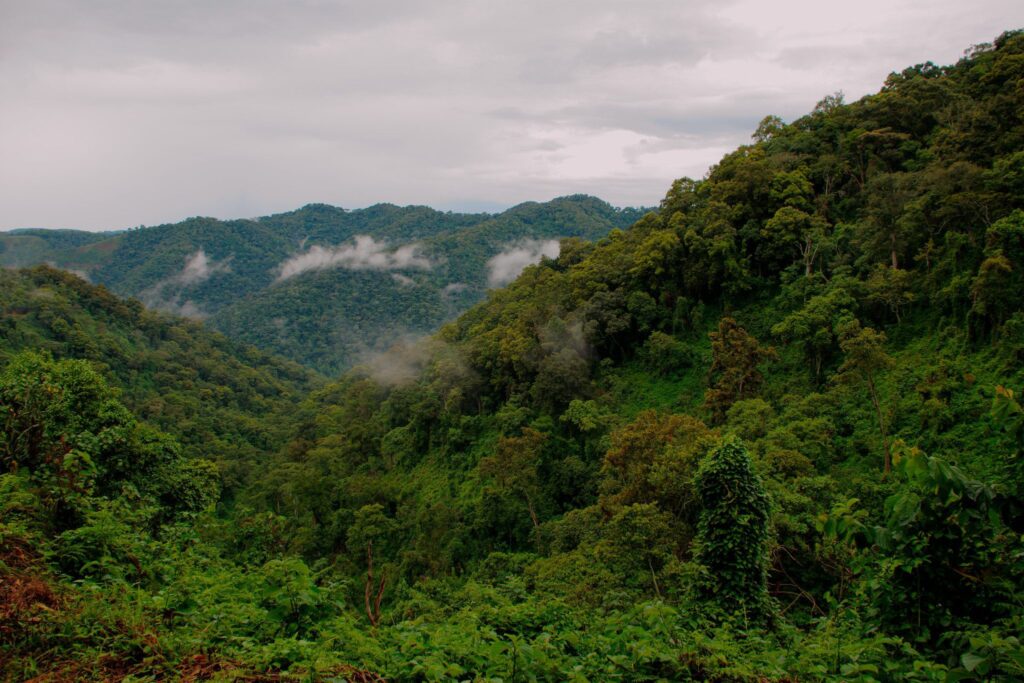Join US in Serving Humanity & Nature
Mentor a Child to protect the threatened National Parks and Wildlife Reserves for Next Generations
Bwindi Impenetrable National Reserve
In Northern Western Uganda, north of Murchison Falls-Amuru District is where the East-Madi Wildlife reserve can be found. The reserve rests on 831 square kilometers of land that houses 50 mammals, 181 bird species and 374 plant species making nature walks, wildlife viewing and birding some of the activities to do while at the reserve. There are a number of primates that can be seen including the Blue Monkeys, Colobus Monkeys, Vervet Monkeys and Red-tail Monkeys
PARK AT A GLANCE
Size: 321km2
Altitude: 1,160m – 2,607m above sea level.
Bwindi was gazetted as a National Park in 1991 and declared a UNESCO Natural World Heritage Site in 1994.
The Mubare gorilla group was the first to become available for tourism in Uganda in April 1993. Nine groups are now habituated for tourism, and one for research.
Spread over a series of steep ridges and valleys, Bwindi is the source of five major rivers, which flow into Lake Edward.
This biologically diverse region also provides shelter to a further 120 mammals, including several primate species such as baboons and chimpanzees, as well as elephants and antelopes. There are around 350 species of birds hosted in this forest, including 23 Albertine Rift endemics.
The neighboring towns of Buhoma and Nkuringo both have an impressive array of luxury lodges, rustic bandas and budget campsites, as well as restaurants, craft stalls and guiding services. Opportunities abound to discover the local Bakiga and Batwa Pygmy cultures through performances, workshops and village walks.

